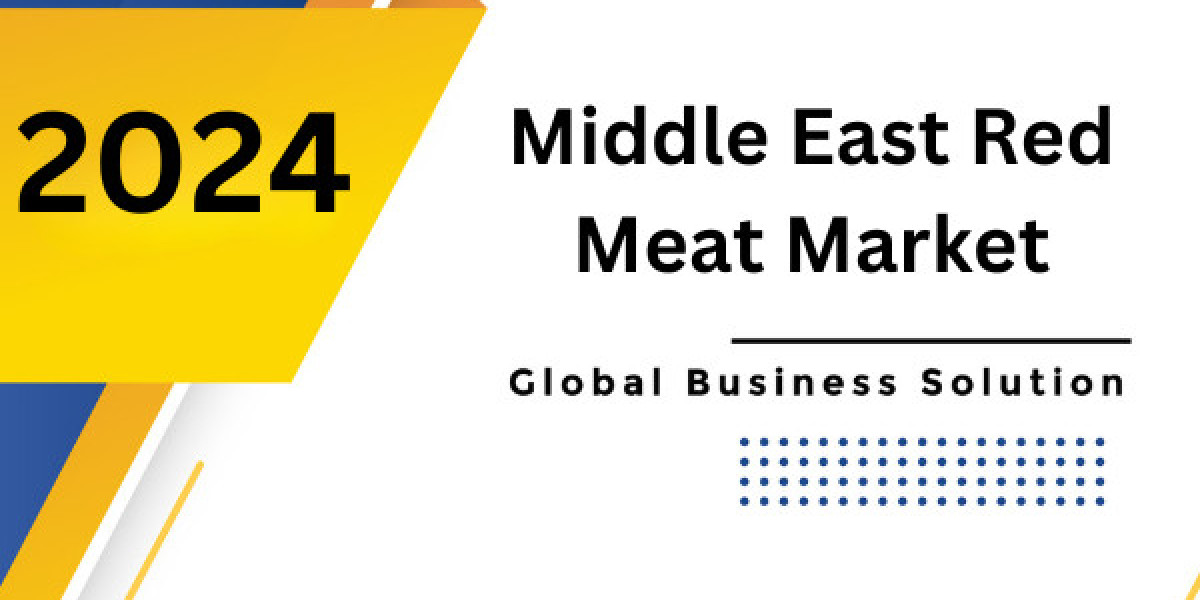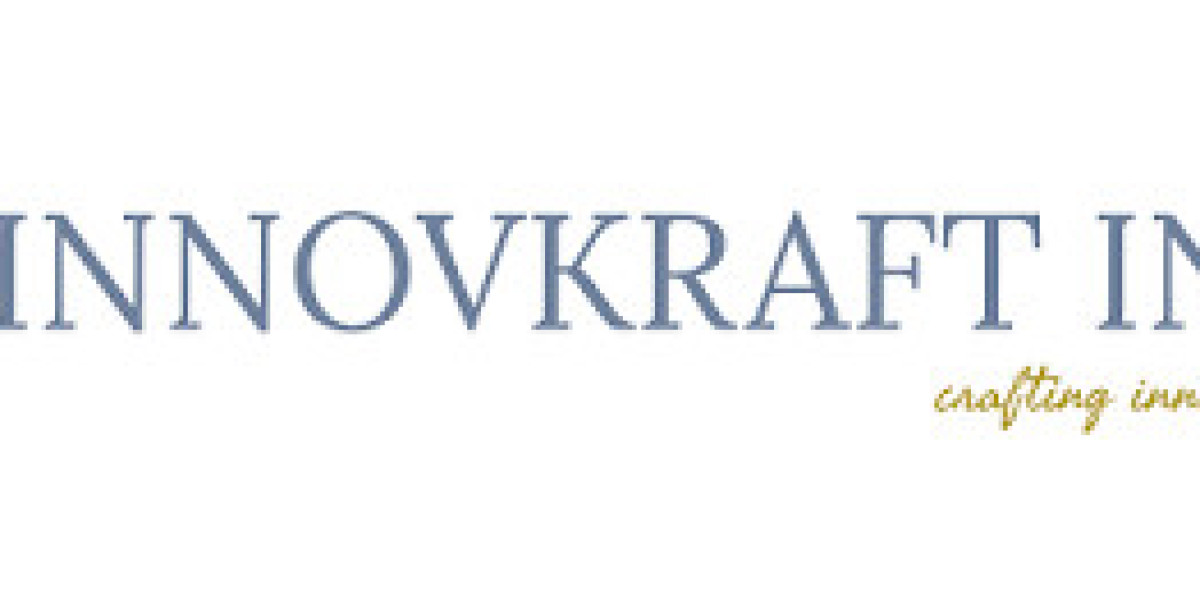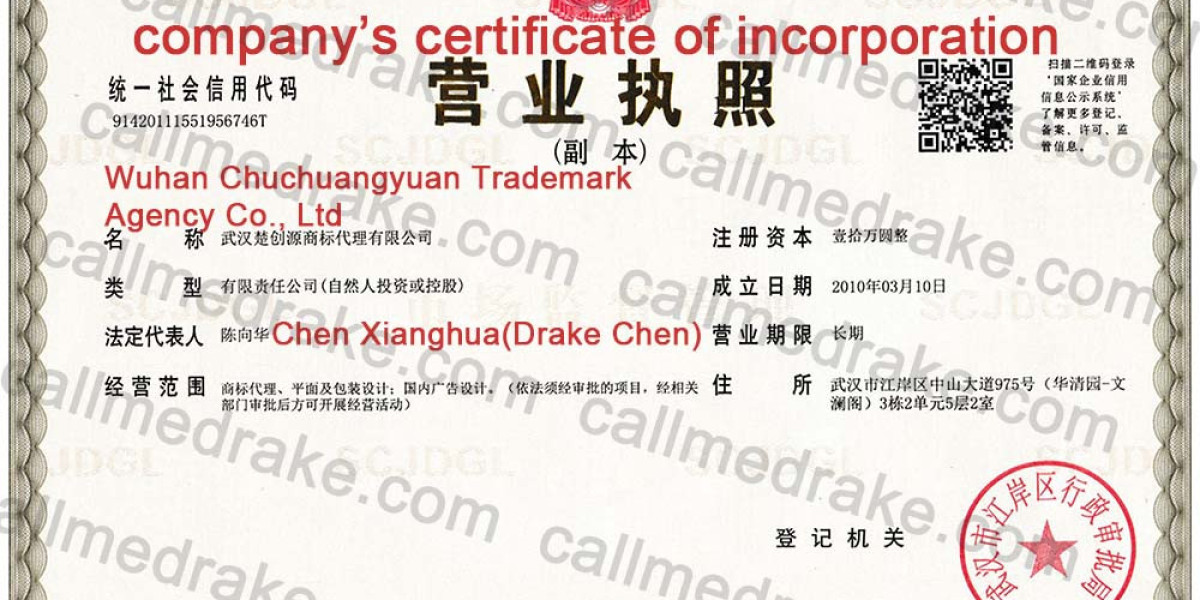Introduction:
The Middle East has long been known for its vibrant trade, diverse culture, and rich culinary traditions, with red meat playing a significant role in its gastronomic landscape. However, like many industries worldwide, the Middle East red meat market is undergoing a digital transformation, driven by advancements in technology. This shift not only revolutionizes how red meat is produced, processed, and distributed but also enhances efficiency, quality, and sustainability across the entire supply chain.
Digitalization in Livestock Management:
One of the primary areas where technology is reshaping the Middle East red meat trade is in livestock management. Traditional methods of raising livestock are being supplemented or replaced by digital solutions. For instance, IoT (Internet of Things) devices such as smart collars and sensors are being used to monitor animal health, track movements, and optimize feeding schedules. This ensures better health outcomes for the livestock, leading to higher-quality meat products.
Precision Agriculture and Feed Production:
In addition to livestock management, precision agriculture technologies are transforming feed production, a crucial aspect of the red meat industry. By leveraging data analytics, farmers can optimize crop cultivation, manage water resources more efficiently, and enhance the nutritional content of animal feed. This not only reduces costs but also promotes sustainability by minimizing resource wastage.
Blockchain and Traceability:
Another significant development in the Middle East red meat market is the adoption of blockchain technology to enhance traceability and transparency. With consumers becoming increasingly concerned about food safety and ethical sourcing, blockchain enables seamless tracking of meat from farm to fork. This ensures that consumers can verify the origins of the meat they purchase, fostering trust and confidence in the supply chain.
E-Commerce and Digital Marketplaces:
The rise of e-commerce and digital marketplaces has also revolutionized how red meat is bought and sold in the Middle East. Online platforms allow consumers to access a wider range of products, compare prices, and make purchases conveniently from their homes. This has led to increased competition among suppliers, driving innovation and improving customer experiences.
Supply Chain Optimization:
Furthermore, digital technologies are optimizing the entire supply chain, from slaughterhouses to distribution centers. Advanced analytics and predictive modeling enable more accurate demand forecasting, reducing waste and ensuring a steady supply of red meat to meet consumer needs. Additionally, automation and robotics are streamlining processes such as meat processing and packaging, improving efficiency and consistency.
Challenges and Opportunities:
While the digital transformation of the Middle East red meat market presents numerous benefits, it also poses challenges. Factors such as infrastructure limitations, data privacy concerns, and the need for skilled workforce pose hurdles to widespread adoption. However, these challenges also present opportunities for innovation and collaboration among stakeholders to overcome barriers and drive sustainable growth.
Conclusion:
In conclusion, technology is playing a pivotal role in reshaping the Middle East red meat trade, driving efficiency, quality, and sustainability across the entire supply chain. From precision agriculture and blockchain-enabled traceability to e-commerce platforms and supply chain optimization, digital transformation is revolutionizing how red meat is produced, processed, and distributed in the region. By embracing these technological advancements, stakeholders can capitalize on new opportunities and meet the evolving needs of consumers in the dynamic Middle East red meat market.








